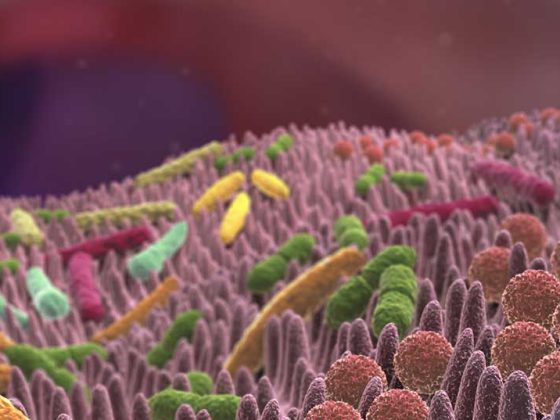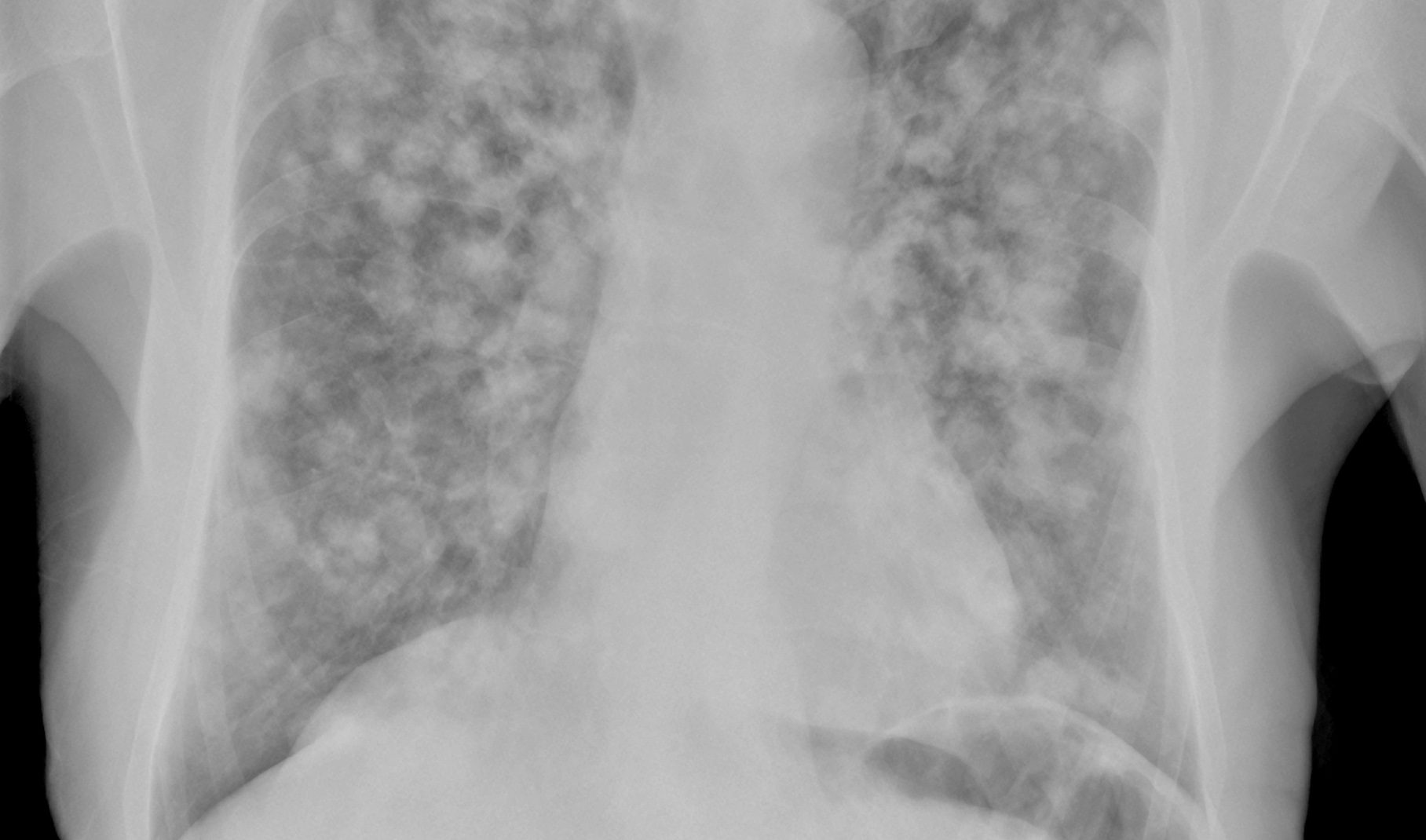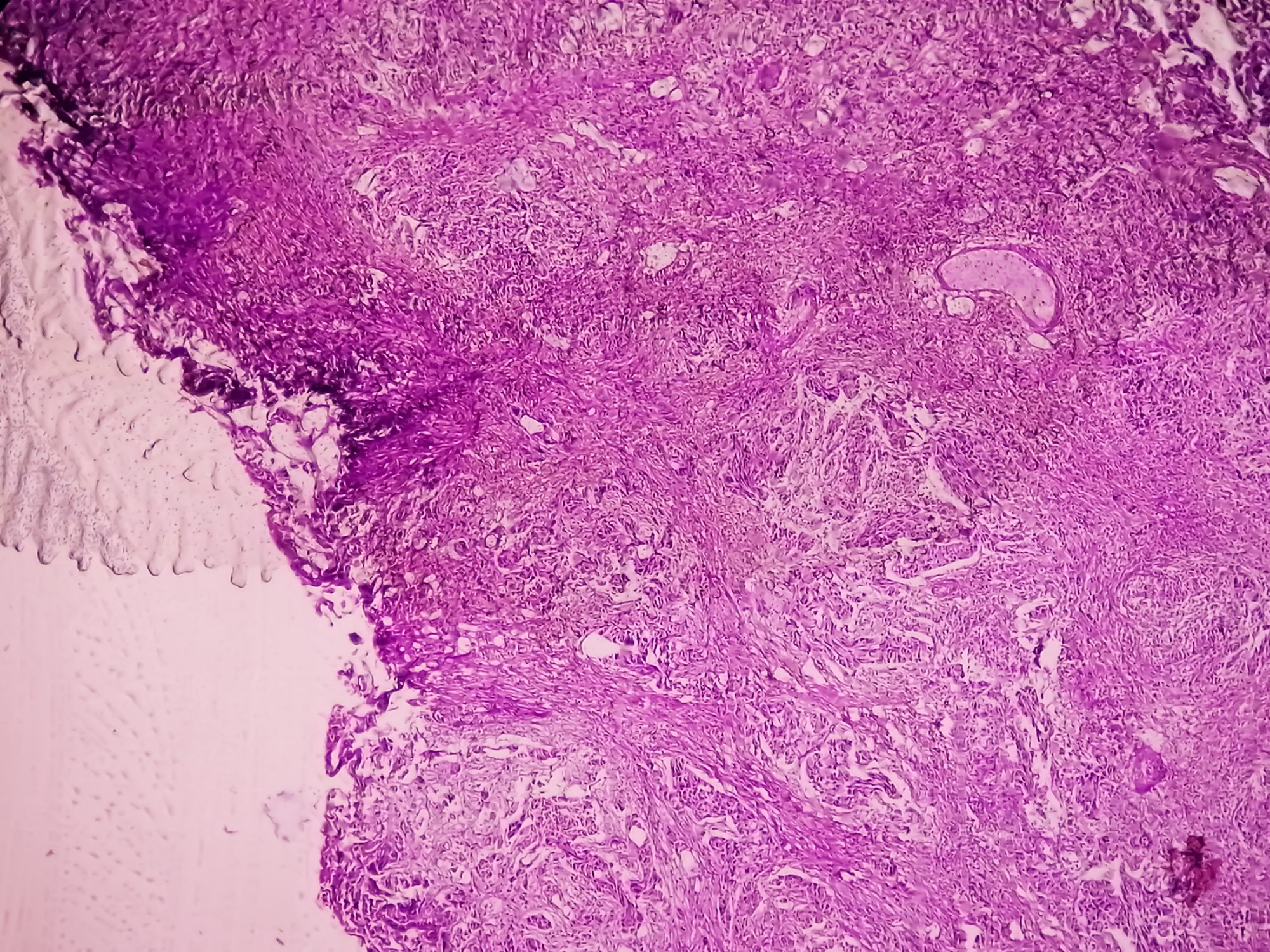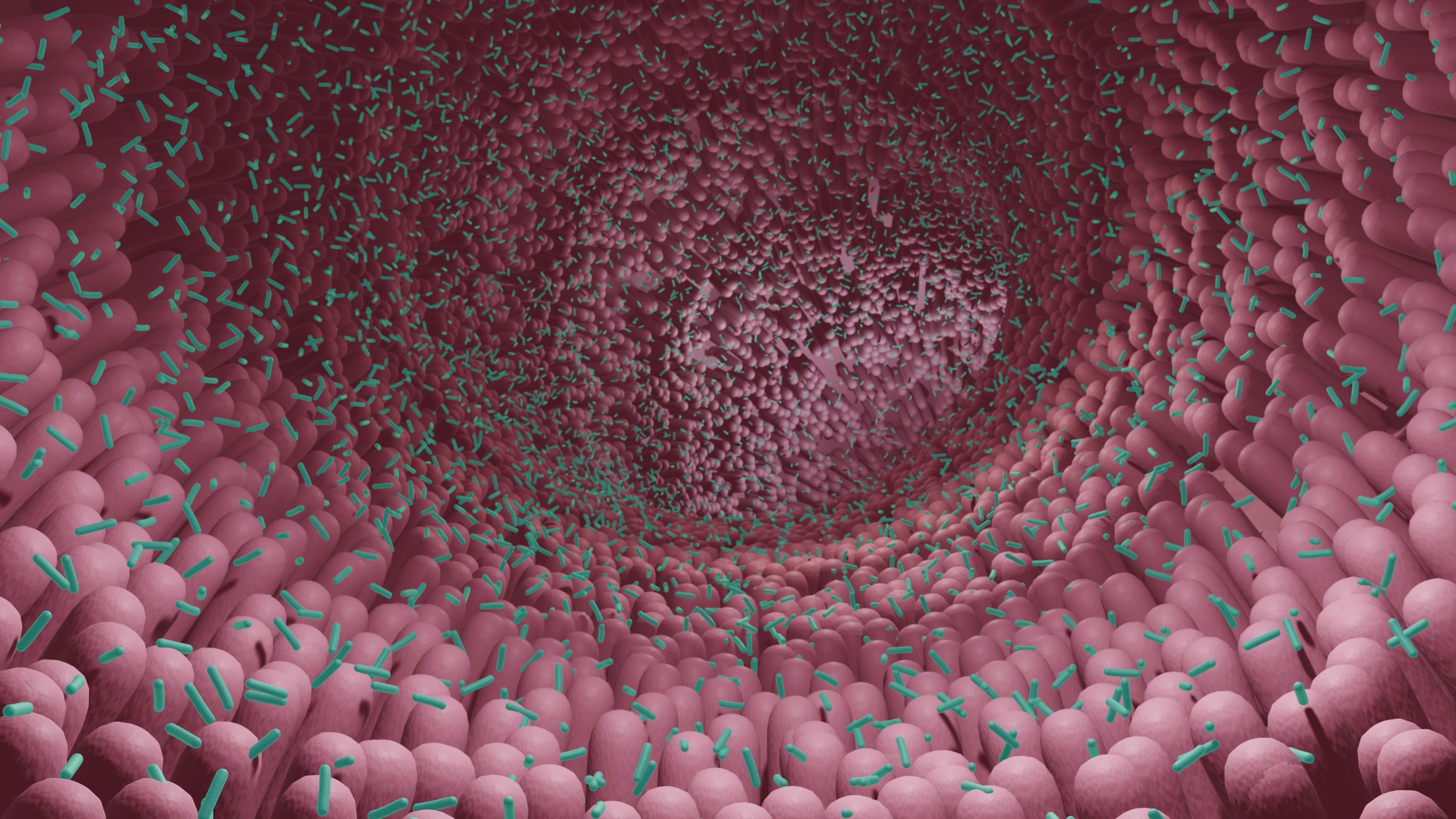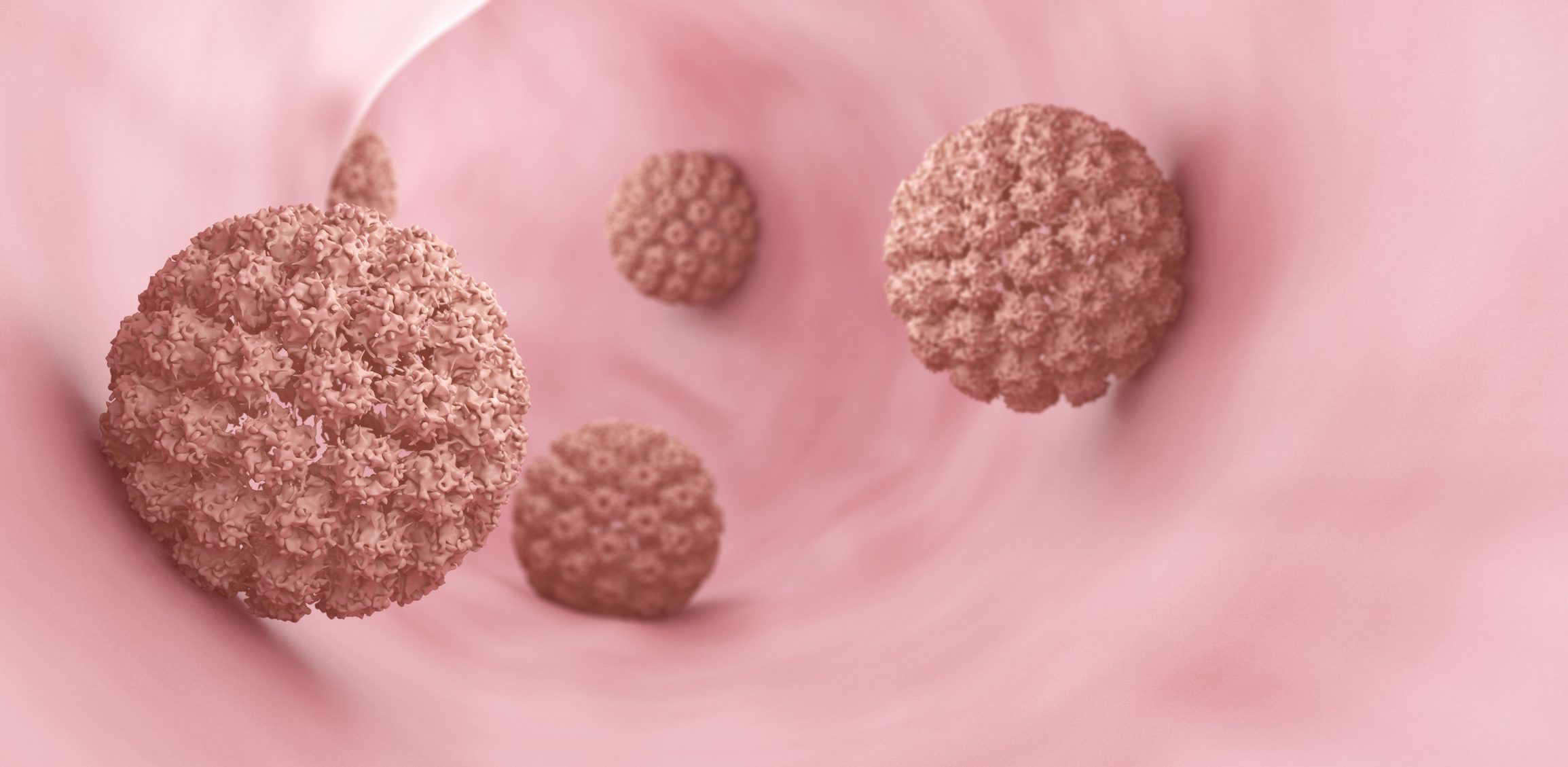Due to an increasing consumption and due to a structural relationship with pollen, increased allergic reactions in connection with the consumption of nuts, seeds and kernels must be expected in the future. After reporting severe anaphylaxis after consumption of poppy seed, Brazil nut, and macademia nut in the first part of the article series, the second part contains a casuistry of severe allergic reactions to cashew nut, flaxseed, and sunflower.
“Nuts,” “seeds,” and “kernels” cause more severe than average anaphylactic reactions, some of which are pollen-associated. In the first part of this article series, in DERMATOLOGIE PRAXIS 4/2020, case reports of anaphylactic reactions to poppy seed, Brazil nut, and macademia nut were described (case reports 1-3). The second part contains a casuistry of severe allergic reactions to cashew nut, flaxseed and sunflower (case report 4 – 6).
Case study 4
In the 23-month-old child (A. Avrohn), approximately 15-20 minutes after ingestion of about 10-15 nuts from a nut mixture pack (Fig. 4), sneezing attacks, watery nasal secretion and, further, about 10 minutes later, a barking cough, Quincke’s edema of the face, as well as generalized urticaria and restlessness occurred. The mother administered antihistamine drops and waited. The allergological workup performed later showed a very strong positive immediate reaction to birch pollen and a mild reaction to wheat flour in the overview prick test. Total serum IgE was 11 kU/l, specific IgE (CAP) to cashew nut was class 2 (1.0 KU/L), to pistachio class 1 (0.7 kU/l), and to birch, alder, and hazel pollen class 2 positive. Negative results were found for peanut, hazelnut, almond, Brazil nut, grass mix, herb pollen mix, wheat and rye flour and apple. A prick-to-prick test with cashew nut was clearly positive (Fig. 5). The diagnosis was cashew nut anaphylaxis and sensitization to pistachio and pollen of Betulaceae. Subsequent history revealed that Avrohn had never eaten cashews prior to the acute event, but had previously eaten pistachios, explaining the sensitization – and possibly a cross-reaction.


Case study 5
The 23-year-old female patient (C.F.) experienced an acute allergic reaction with rhinitis, asthma, urticaria, nausea, and gastric distress a few minutes after ingesting a whole-grain bread with flaxseed ( Fig. 6) . Prick-to-prick testing with flaxseed was positive, as was IgE determination, so the diagnosis of flaxseed anaphylaxis was made.

Case study 6
The 17-year-old female patient (S.E.) with pollen allergy developed an anaphylactic reaction after eating a yogurt with sunflower seeds. The allergological clarification showed a sensitization to various pollens, especially composite plants (mugwort, goldenrod, daisy, sunflower and dandelion). Prick-to-prick testing with sunflower seeds and sunflowers were strongly positive (Figs. 7 and 8). Diagnosis: Anaphylactic reaction after sunflower seeds in a pollen allergic person to composite pollen.


Comment
Cashew nut (Anacardium occidentale): The fruit of the cashew tree consists of an apple-shaped structure with a single kidney-shaped nut hanging from the end. Clinical reactions to cashews are as severe as those to peanuts and may even result in death [21]. British clinicians report a group of 29 cashew allergic patients (mainly children under 16 years of age) in which 38% suffered an anaphylactic reaction when eating cashew nuts [22]. In nearly half of those affected, even minimal contact with cashews, such as smelling or touching, triggered symptoms [23]. In an Australian study of 27 children allergic to cashews, as many as 86% reacted with anaphylaxis to cashew nut consumption. In the same study, it was also observed that cashews caused anaphylactic symptoms more than twice as often as peanuts [24]. Among nut allergy sufferers from the US (children and adults), cashews are second only to walnuts as the most common allergenic nut [25]. In recent years, an increase in prevalence has been observed [24].
According to Jäger and Vieth’s [22] three allergens from cashew nuts were identified with sera from US cashew allergic patients: The allergen Ana o 1 with a molecular weight of 50 kDa belongs to the group of vicilins (7S globulins) and reacts with IgE from 50% of the sera of patients with cashew allergy. Ana o 2 belongs to the family of legumins (11S globulins) and is a major allergen with a sensitization rate of 62%. A proportion of 81% of allergic patients had IgE against Ana o 3, a 2S albumin with a molecular weight of 13 kDa (literature data in [22]). Cashew allergic individuals appear to be at increased risk for allergy to pistachios, which belong to the same botanical family of Anarcadiaceae as cashews [22]. Cross-reactions exist between cashews and other tree nuts such as hazelnuts, walnuts, pecans, Brazil nuts as well as to almonds, but cross-reactions between cashews and peanuts have been excluded [22]. Diagnostically, IgE determination to total cashew nut extract (Phadia f202) and to major allergen Ana o 3 (Phadia f443), a heat- and gastric juice-resistant 2S albumin, is available.
Linseed (Linum usitatissimum): Common flax (Linum usitatissimum, Fam. Linaceae), also called seed flax or flax, is an ancient crop grown for fiber – (fiber flax) and for oil production (oil flax, flaxseed oil) [25]. Flaxseeds are the seeds of the flax plant, have a brown or yellow hull depending on the variety, and have a slightly nutty taste (Fig. 6) . They contain about 40% fat, with a proportion of about 50% of the polyunsaturated omega3 fatty acid alpha-linolenic acid [25].
According to Jäger and Vieth’s [26], flaxseed allergy is one of the first food allergies described in 1930. To date, however, these have remained isolated cases. The reactions – up to anaphylactic shock – were observed after flaxseed-containing pastries but also oil. Flaxseed can be a hidden allergen in cereals, muffins, special breads, but also in cosmetics and pet food [27]. Immunoblotting detected several allergens between 20 and 38 kDa, major allergens at 22 kDa and 56 kDa (dimer of 2 28 kDa monomers), respectively [28,29]. Diagnostically, in addition to history and skin test (Prick-zu-PricK,, Scratch), an IgE determination on Linseed (f333 Phadia, CAP/RAST) is available [27].
Sunflower seeds (Helianthus annuus): Sunflowers belong to the Compositae family, which also includes mugwort and “ragweed” (ragweed, ragweed) [30]. Although sunflower pollen is entomophilic, a number of allergic reactions have been described, especially from occupational exposure, including conjunctivitis, rhinitis, asthma, and contact dermatitis. Sunflower seeds contain abundant oil, which is used for margarine, salads and various dishes. The residues from the pressing process are used as animal feed. The kernels are used ground and / or roasted as an additive for bread, cereals and the like. Sunflower oil contains allergens only in traces. Nevertheless, allergic reactions have also been observed after consumption of sunflower oil [31]. Overall, allergic reactions to sunflower seeds seem to be relatively rare, but can be associated with anaphylactic reactions, as shown in a nice review from 2016 [32]. In most cases, primary sensitization is due to Compositae pollen, especially mugwort; one case has been described in which sensitization was due to feeding birds sunflower seeds. The following allergens have been identified [32]:
- Hel a 1 – a major allergen of 34 kDa, which belongs to the inhalation allergens and is responsible for cross-sensitization with other composites (Asteraceae) and probably belongs to the “defensin-like protein family”.
- Hel a 3 – a lipid transfer protein, a non-specific 9 kDa food allergen.
Sunflower seeds also contain a 2S albumin, rich in methionine, and a storage protein of 12 kDa. Diagnostically, in addition to a prick test for composite pollen, incl. Sunflower, and a prick-to-prick test with sunflower seeds, an IgE determination on sunflower seeds (k84 Phadia) was performed. For scientific purposes and to detect cancer activity, the use of Microarray ImmunoCap ISAC test [32] is appropriate.
Conclusion
Only some examples of allergic reactions to nuts, seeds and kernels were presented. Due to an increasing consumption and due to a structural relationship with pollen [33,34], increased allergic reactions in connection with their consumption, but also due to hidden allergens, must be expected in the future [35]. The food allergy sufferer should therefore always carry an emergency kit containing cortisone and antihistamine tablets or solutions, as well as an epinephrine pre-filled syringe (auto-injector), especially if nuts are the allergy trigger. The handling of the epinephrine auto-injector should be carefully instructed and controlled by the physician or pharmacist.
Literature:
21. Quercia S, Rafanelli S, Marsigli L, et al: Unexpected anaphylaxis to cashew nut. Allergy 1999; 54: 895-897.
22. Jäger L, Vieths S: Food allergens. 8.10.5Cashew nut (Anacardium occidentale) In: Jäger L, Wüthrich B, Ballmer-Weber B, Vieths S. (Eds.) Food allergies and intolerances. Immunology – Diagnostics – Therapy – Prophylaxis. 3rd ed. Elsevier GmbH, Munich, Urban & Fischer 2008. S. 181-182.
23. Hourihane JO, Harris H, Langton-Hewer S, et al: Clinical features of cashew allergy. Allergy 2001; 56: 252-223.
24. Davoren M, Peake J: Cashew nut allergy is associated with a high risk of anaphylaxis. Archi Dis Child 2007; 90: 1084-1085.
25. Flax, https://de.wikipedia.org/wiki/Gemeiner_Lein
26. Jäger L, Vieths S: Food allergens. 8.11.7 Linseed (Linumusitatissimum) Fam. Linaceae. In: Jäger L, Wüthrich B, Ballmer-Weber B, Vieths S. (Eds.) Food allergies and intolerances. Immunology Diagnostics – Therapy – Prophylaxis. 3rd edition. Elsevier GmbH, Munich Urban & Fischer 2008. S. 186.
27. Linseed, www.phadia.com/en/Products/Allergy-testing products/ImmunoCAP-Allergen-Information/Food-of-Plant-Origin/Seeds- Nuts/Linseed-/
28. Alonso L, et al: Anaphylaxis caused by linseed (flaxseed) intake. J Alleergy Clin Immunol 1996; 98; 469-470.
29. Leon F, Rodriguez M, Cuevas K: The major allergen of linseed. Allergy 2002; 57: 968.
30. Jäger L, Vieths S: Food allergens. 8.11.3 Sunflower Seeds (Helianthus annuus). In: Jäger L, Wüthrich B, Ballmer-Weber B, Vieths S. (Eds.) Food allergies and intolerances. Immunology – Diagnostics – Therapy – Prophylaxis. 3rd ed. Elsevier GmbH, Munich, Urban & Fischer 2008. S. 185-186.
31. Kanny G, Fremont S, Nicolas JP, Moneret-Vautrin DA: Food allergy to sunflower oil in a patient sensitized to mugwort pollen. Allergy 1994; 49: 561-564.
32. Ukleja-Sokołowska N, Gawrońska-Ukleja E, Żbikowska-Gotz M, et al: Sunflower seed allergy. Int J Immunopathol Pharmacol 2016; 29: 498-503. doi: 10.1177/0394632016651648
33. Fritz T, Wüthrich B: The cross with pulses. Part 1. Hautnah schweiz 2002; 13/3: 23-26.
34. Fritz T, Wüthrich B: The cross with pulses. Part 2. Hautnah schweiz 2002; 13/4: 19-23.
35 Borelli S, Anliker M, Wüthrich B: Anaphylaxis to peanut: the problem of hidden allergens. Dtsch med Wschr 1999; 124: 1197-1200.
DERMATOLOGIE PRAXIS 2020; 30(5): 54-56



